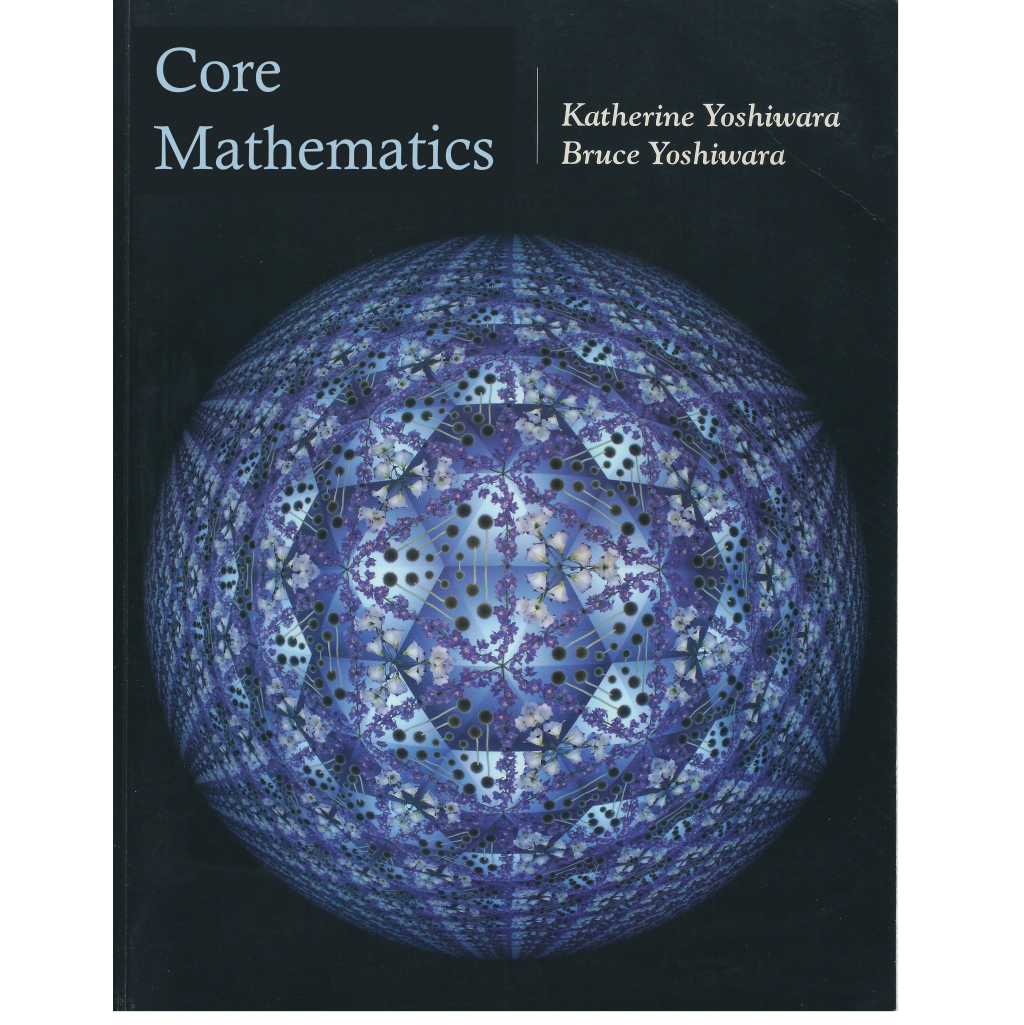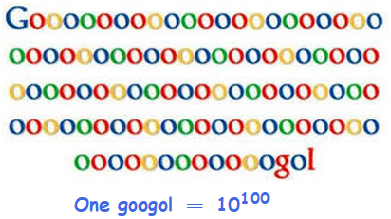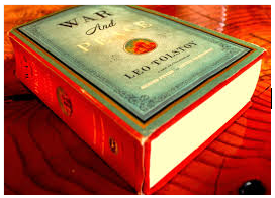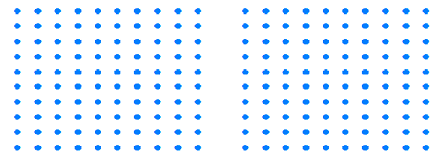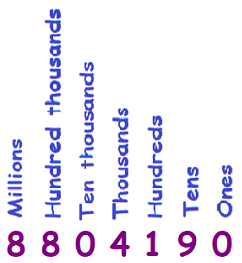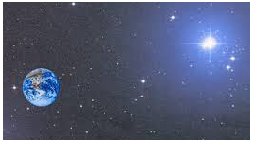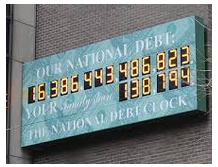29.
\(23,500,000,000 \times 187,000,000\)
30.
\(9,478,000,000 \times 510,000,000,000\)
31.
\(982,000,000,000,000 \div 4,000,000,000\)
32.
\(260,000,000,000,000 \div 52,000,000,000,000\)
33.
\(\dfrac{36,000,000,000 \times 4,800,000}{14,400,000,000,000}\)
34.
\(\dfrac{750,000,000,000 \times 160,000,000,000}{240,000,000,000,000,000}\)
35.
\(\dfrac{7.2 \times 10^{24}}{(1.8 \times 10^{15})(3.2 \times 10^7)}\)
36.
\(\dfrac{2.16 \times 10^{32}}{(6 \times 10^{14})(1.5 \times 10^{12})}\)
37.
\((8 \times 10^{12})^3\)
38.
\((5 \times 10^9)^4\)
